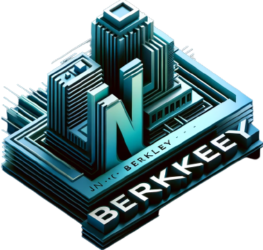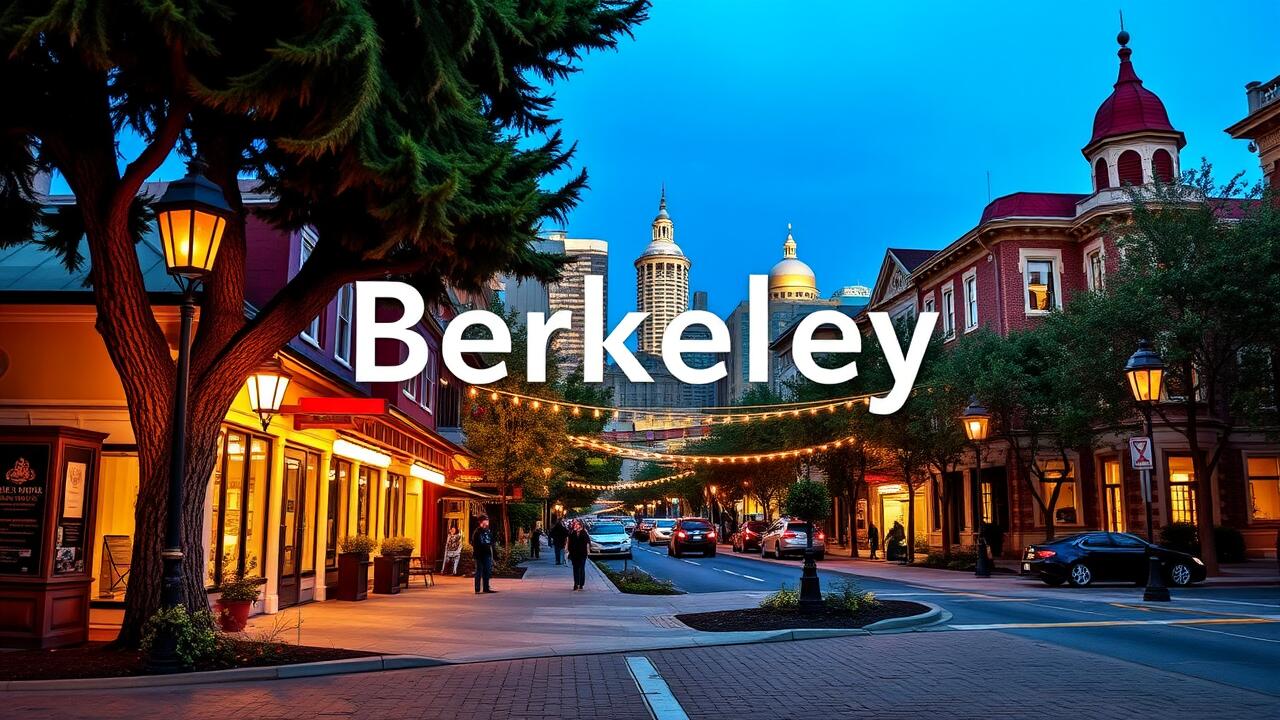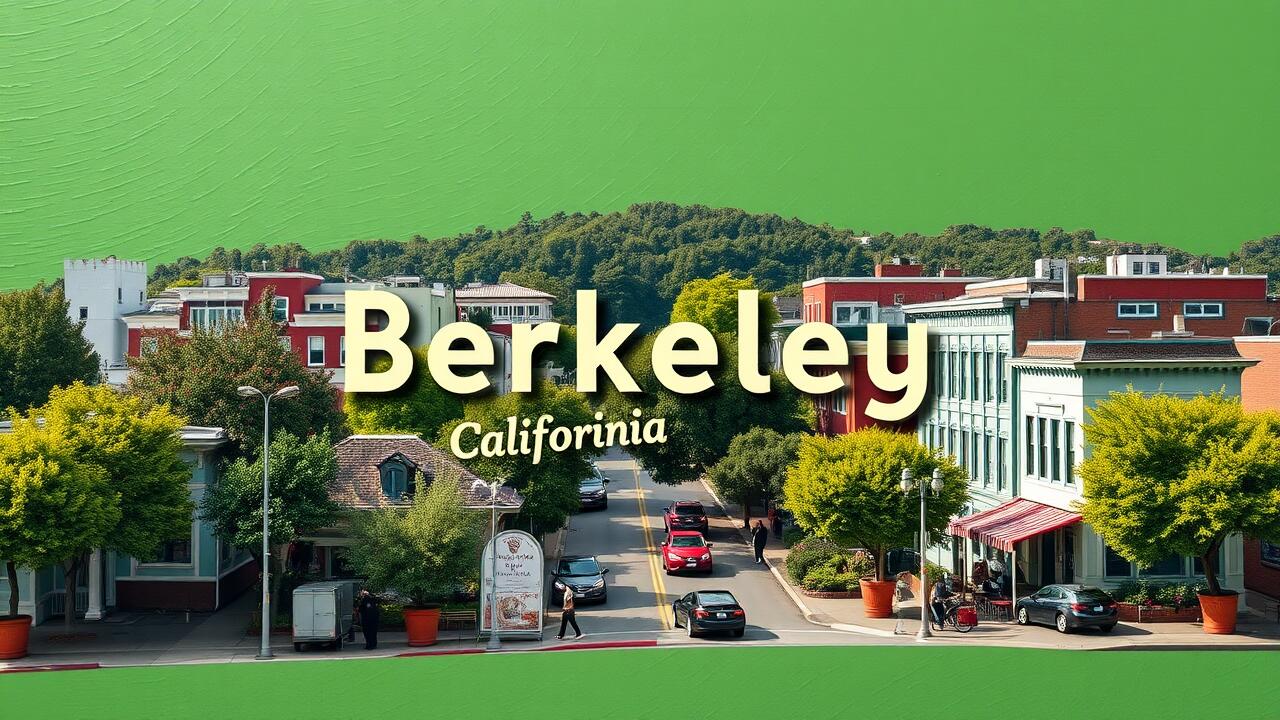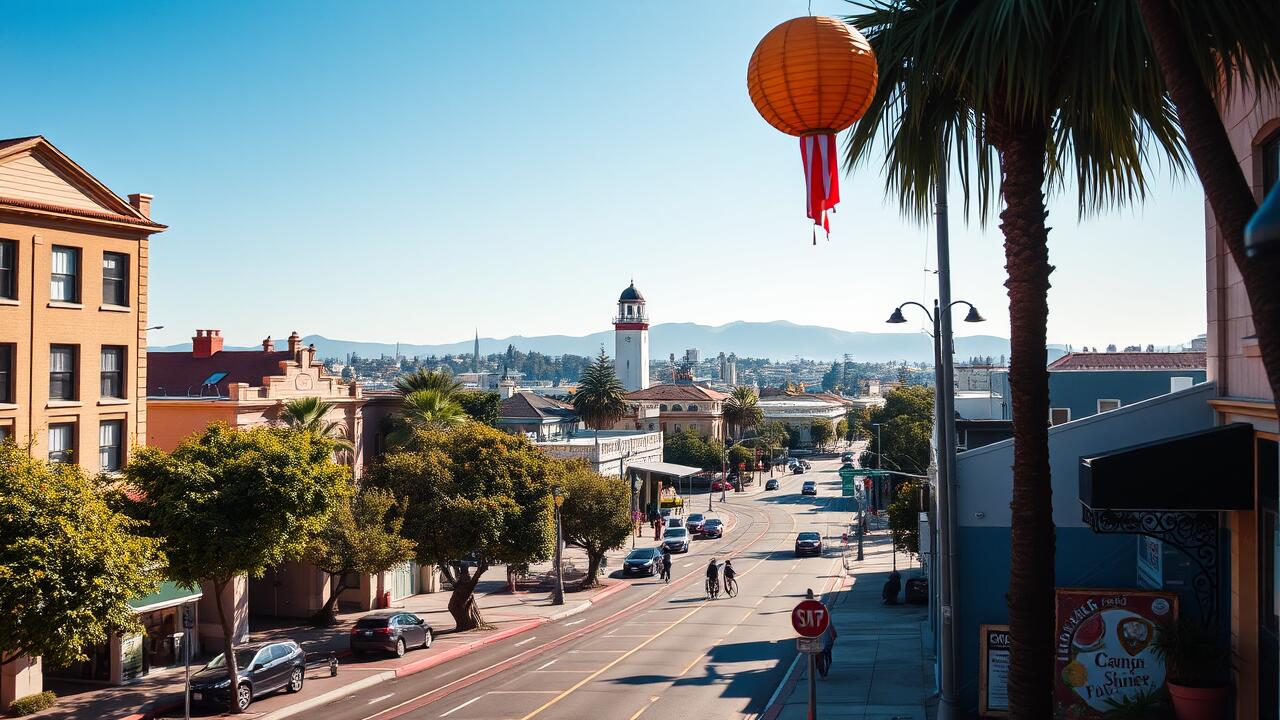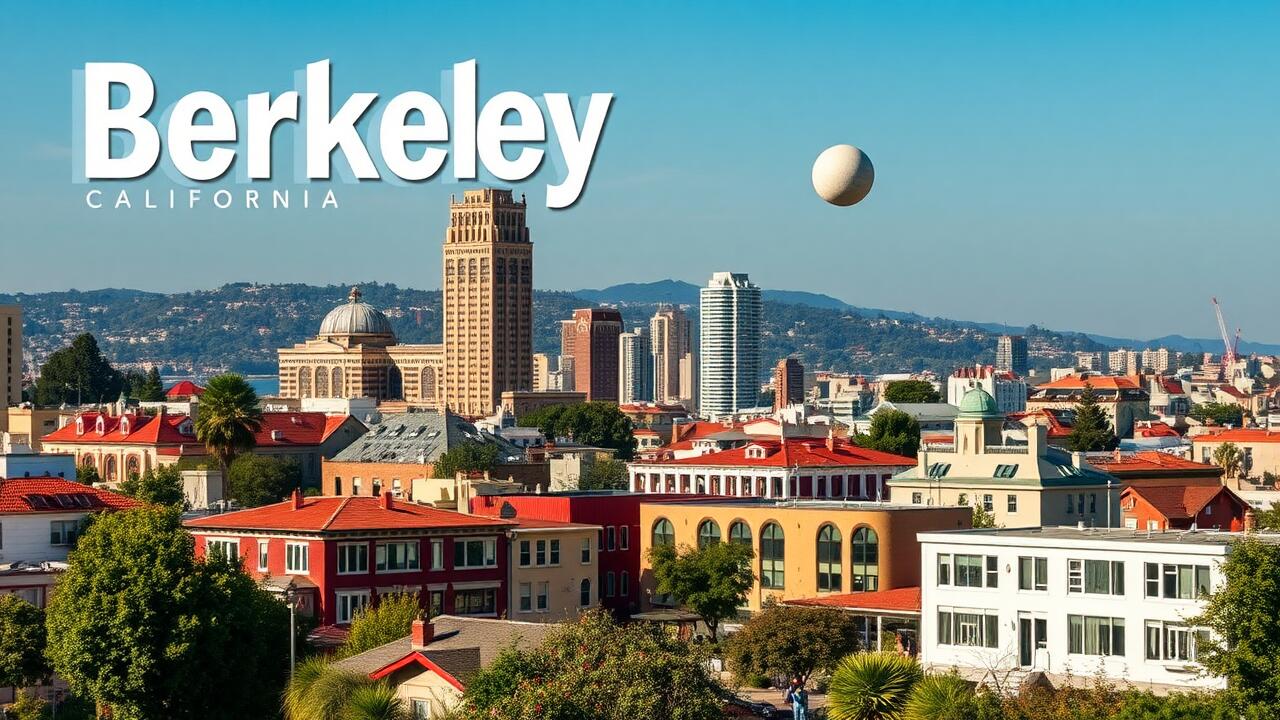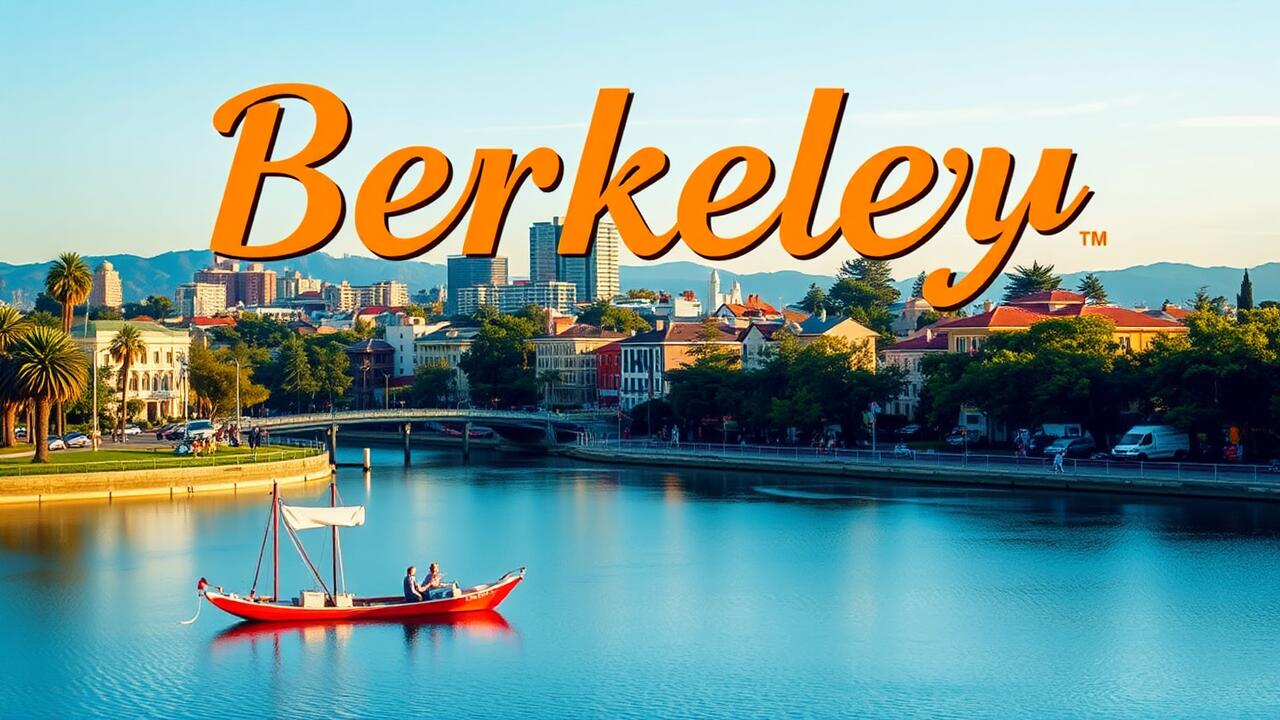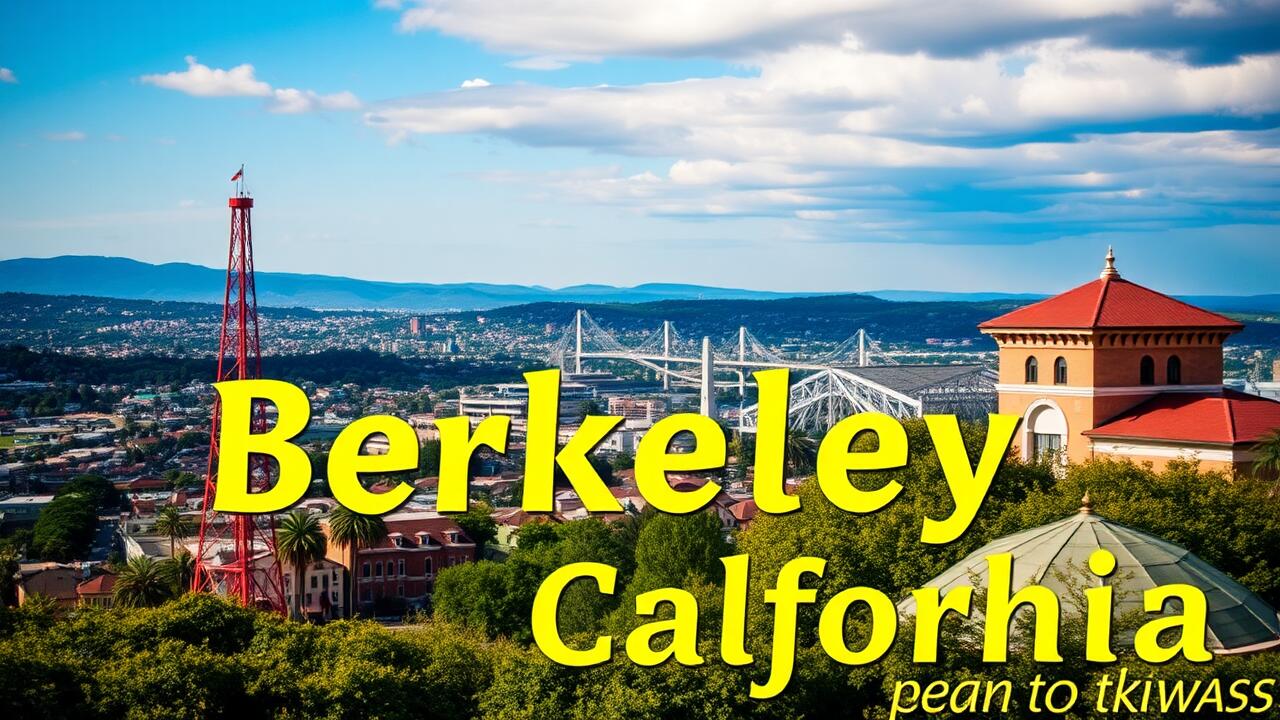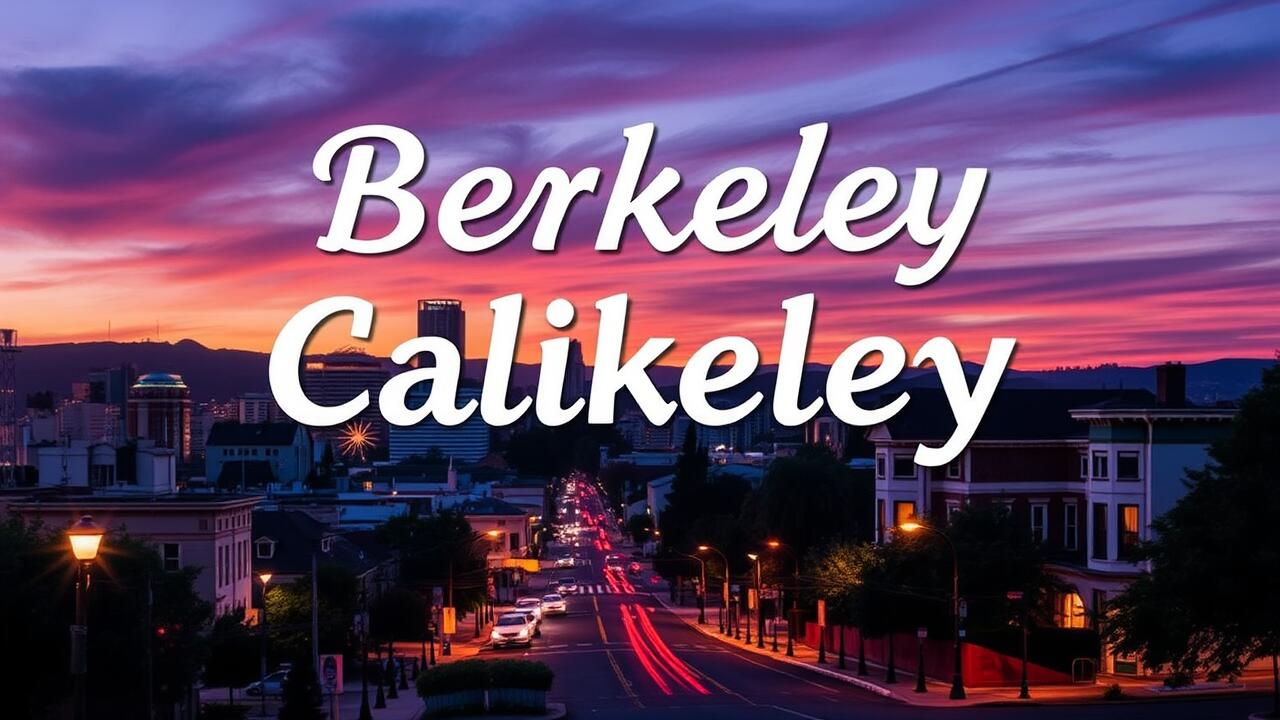Berkeley’s economic terrain unfolds like a vibrant tapestry, woven with threads of multifaceted industries where education and research pulse at the core. The University of California, Berkeley—an intellectual powerhouse—casts a long shadow over the local economy, drawing in waves of talent and investment that ripple through the community. This esteemed institution doesn’t merely ignite innovation; it serves as a formidable engine for job creation across diverse sectors such as technology, health care, and public services.
In recent years, however, an exhilarating entrepreneurial fervor has taken root in Berkeley’s soil. Startups are sprouting up like wildflowers in niches ranging from biotechnology to clean energy. The city rolls out the red carpet for these budding enterprises with an array of incentives and supportive programs tailored for small businesses. This dynamic ecosystem is not just breathing life into new ventures; it’s supercharging job growth and luring a highly skilled workforce to its shores. Thus, Berkeley emerges as a crucial economic nexus within the sprawling San Francisco Bay Area—a place where opportunity thrives amidst creativity and ambition!
Major Industries in Berkeley
Berkeley’s economy is a vibrant tapestry, woven from an eclectic mix of industries that fuel its growth and fortify its stability. At the heart of this bustling city lies the formidable University of California, Berkeley—an epicenter for innovation and academic prowess. This institution doesn’t just churn out groundbreaking research; it acts as a catalyst for local job creation, sending ripples through various sectors. The biotech and life sciences fields have blossomed here, nourished by the university’s rich output of knowledge.
But wait! There’s more! The tech scene has exploded with startups and established companies alike setting up shop in this intellectual haven, all buoyed by a highly educated workforce paired with an entrepreneurial spirit that crackles in the air like electricity.
Beyond academia and technology lies another gem: Berkeley’s retail sector—a veritable treasure chest catering to both locals and tourists. Picture this: downtown brimming with charming shops, delightful eateries, and cultural hotspots where creativity flourishes. Herein thrives a commitment to sustainability—the very lifeblood fostering eco-friendly businesses and organic markets amid a backdrop of conscious consumerism.
And let’s not overlook the hospitality industry! It weaves itself into Berkeley’s fabric too, luring visitors eager to explore historical landmarks or immerse themselves in lively cultural events amidst an exhilarating community vibe. This multifaceted economic landscape ensures that Berkeley remains not only resilient but also pulsating with opportunity—a dynamic job market teeming with promise at every turn!
Parks and Recreation
Berkeley is alive with a vibrant tapestry of parks and recreational havens, each uniquely tailored to satisfy the diverse desires of both residents and visitors alike. Here, in this dynamic city, you’ll discover not just playgrounds or sports fields but sprawling natural retreats that invite exploration and adventure. These green oases do more than just provide an outlet for outdoor pursuits; they weave the fabric of community together while nurturing the well-being of every individual who steps foot within their bounds. They transform into stages for laughter-filled gatherings and quiet moments alike, all while championing environmental stewardship by safeguarding local ecosystems.
But wait—there’s more! Berkeley doesn’t stop at your standard park fare; it champions accessible green spaces that beckon to everyone. A symphony of collaboration plays out among various stakeholders—local government entities joining forces with passionate community organizations—to elevate recreational experiences through innovative programs and engaging events. This steadfast dedication to cultivating quality outdoor environments doesn’t merely enhance physical activity; it cultivates a thriving cultural milieu where appreciation for nature flourishes alongside camaraderie among neighbors. The result? A pulsating sense of community spirit that echoes throughout the city’s lush landscapes!
Notable Outdoor Spaces
Berkeley, a vibrant tapestry of outdoor wonders, unfurls its greenery for both locals and wanderers alike. At the heart of this natural haven lies Tilden Regional Park—an expansive 2,000 acres that beckons with breathtaking vistas, meandering hiking trails, and a botanical garden brimming with California’s native flora. It’s a place where one can lose themselves amid towering trees and whispering winds.
Then there’s the Berkeley Marina—a lively expanse where the air is thick with possibility! Here, sailing boats dance on glistening waters while kayakers paddle their way to adventure; picnickers spread out colorful blankets under wide-open skies—all amidst charming pathways that invite joggers and strollers to embrace the rhythm of nature.
But wait! The city doesn’t stop there. Nestled within its bounds are smaller parks that pulse with community spirit. People’s Park stands as a vibrant hub for social gatherings and spirited activism—a canvas splashed with ideas and voices uniting for change. Meanwhile, Willard Park sprawls generously across the landscape, boasting playgrounds alive with laughter and sports fields echoing cheers from friendly competitions.
These cherished spaces do more than beautify urban life—they weave together threads of environmental consciousness and communal connection through an array of engaging programs and activities. In Berkeley’s parks, every leaf rustles with stories waiting to be told!
Transportation System
In the vibrant tapestry of Berkeley’s transportation landscape, a kaleidoscope of options unfurls, catering to both residents and visitors alike. The city’s public transit system sprawls out like an intricate web—buses and light rail services, predominantly helmed by AC Transit and BART, whisk commuters seamlessly across neighboring cities and into the expansive embrace of the San Francisco Bay Area. For cyclists? A veritable paradise awaits: dedicated bike lanes snake through urban corridors, while pedestrians revel in walkable neighborhoods that beckon them toward non-motorized exploration.
But wait—there’s more! Beyond traditional public transport lies a commitment to innovation; car-sharing initiatives sprout up alongside electric vehicle charging stations—all part of a concerted effort to wean folks off their personal rides. Berkeley’s proactive stance on sustainable commuting not only aims to purify our air but also seeks to unravel the snarled threads of traffic congestion. As urban development forges ahead with relentless momentum, future planning endeavors are poised to hone in on accessibility improvements and weave together diverse transportation modes into an invigoratingly cohesive transit experience.
Public Transit Options
Ah, the intricate web of Berkeley’s public transit system! A marvel designed not just for residents but also for the curious visitors who wander into its embrace. At the heart of this bustling transport tapestry lies the illustrious Bay Area Rapid Transit (BART), with downtown Berkeley station standing as a vital crossroads—an essential launchpad for commuters darting towards San Francisco and beyond, navigating through the vibrant expanse of the Bay Area.
But wait, there’s more! The AC Transit bus network weaves through neighborhoods like a skilled artisan, connecting various pockets within Berkeley while stretching its reach to nearby cities. This ensures that no corner is left in obscurity; convenience reigns supreme here!
And let’s not overlook Berkeley’s spirited push towards alternative modes of transit—a deliberate dance to alleviate congestion and champion sustainability. Picture ride-sharing programs zipping along, bike-sharing initiatives sprouting up at every turn, and an impressive array of bike lanes beckoning cyclists with open arms. With myriad bus routes crisscrossing alongside regional transit hubs, it all culminates in a public transportation experience that’s rich and varied—accommodating an eclectic mix of needs and preferences as diverse as the city itself!
| Transit Option | Type | Coverage Area | Key Features |
|---|---|---|---|
| Bay Area Rapid Transit (BART) | Train | San Francisco Bay Area | Rapid transit, connecting major cities, comfortable seating |
| AC Transit | Bus | Berkeley and East Bay | Frequent routes, accessible to local neighborhoods, real-time tracking |
| Bicycle Sharing Program | Bike | Berkeley | Easy access, eco-friendly, promotes healthy commuting |
| Ride-Sharing Services | Carpooling | Berkeley and surrounding areas | Convenient, flexible routing, reduces congestion |
Environmental Initiatives
Berkeley has firmly positioned itself at the forefront of environmental initiatives, grappling with the intricate challenges posed by climate change and the quest for urban sustainability. The city government is not just a passive observer; it actively champions policies designed to slash greenhouse gas emissions, ramp up energy efficiency, and amplify the adoption of renewable energy sources. A plethora of programs beckons residents and businesses alike to embrace sustainable practices—think waste reduction, water conservation, and eco-friendly transportation options that make you rethink your commute.
But it’s not merely top-down governance; community involvement pulses at the heart of these efforts. An array of local organizations and spirited citizen groups tirelessly advocate for sustainable living while engaging in educational outreach within the community. Vibrant events like Berkeley EcoFest serve as beacons of eco-consciousness, sparking dialogues on environmental stewardship that resonate far beyond their immediate impact. Through this tapestry of collaborative endeavors, Berkeley envisions nurturing a resilient community that holds dear both its inhabitants’ well-being and the health of our fragile environment.
Sustainability Efforts in Berkeley
Berkeley has firmly planted its flag as a beacon of sustainability, bursting forth with an array of initiatives that champion environmental preservation and resource conservation. The city’s Climate Action Plan isn’t just ambitious; it’s daring! A blueprint to slash greenhouse gas emissions, boost energy efficiency, and herald the rise of renewable energy sources. By nudging residents and businesses alike toward eco-friendly habits, Berkeley envisions a vibrant urban landscape where both community well-being and planetary health thrive in harmony.
But wait—there’s more! Beyond government-led efforts, Berkeley cultivates a rich tapestry of sustainability through active community engagement and spirited educational outreach. Local organizations join forces with the city to weave together threads of environmental stewardship, rallying for zero-waste events and fostering urban gardening projects that sprout like wildflowers in springtime. Sustainability doesn’t merely dance on the fringes; it intertwines itself into local policies, mandating that new developments embrace green building standards. This intricate mosaic allows Berkeley not only to amplify its environmental endeavors but also to ignite a spark in other cities eager to follow this enviable path.
Local Governance
In the vibrant tapestry of Berkeley’s governance, a city council system weaves together the mayor and eight elected council members, each representing distinct districts. This intricate framework ensures that the multifaceted voices of the community resonate in municipal legislation and policies, allowing local concerns to bubble to the surface. The city council convenes regularly—an assembly where discussions dance across a spectrum of issues from urban planning conundrums to public safety dilemmas, mirroring the values and needs pulsating through its diverse populace.
The mayor, wielding a two-year term like a paintbrush on an ever-evolving canvas, plays an instrumental role in orchestrating this symphony of civic engagement. With an agenda set against the backdrop of Berkeley’s aspirations, initiatives are launched that aim to align closely with collective goals.
Yet what truly distinguishes local governance here is not merely structure but rather an electric pulse of citizen participation. A constellation of commissions and advisory boards brimming with resident insight tackles pressing matters—from housing crises to environmental imperatives and public health challenges. These groups don’t just offer input; they become vital architects shaping recommendations for the city council—a dynamic interplay fostering transparency while inviting community involvement into every crevice of decision-making.
This rich engagement cultivates a profound sense of ownership among residents; they’re not mere observers but active participants influencing policies that ripple through their daily lives. In doing so, they elevate democracy itself within this spirited enclave—a living testament to what it means when citizens reclaim their voice amidst legislative corridors.
Political Structure and Leadership
Berkeley operates within a city council-manager framework—a curious blend of elected representatives and a professional city manager tasked with the daily machinations of governance. Picture this: eight council members, each one championing their own district, paired with a mayor chosen by the entire electorate. It’s an intricate dance of localized representation intertwined with executive oversight, crafting a responsive tapestry of governance that weaves in the voices of its citizens. The council members’ staggered terms are like clockwork—ensuring not just continuity but also inviting regular citizen engagement through elections.
Now, let’s delve into Berkeley’s political milieu—a veritable kaleidoscope brimming with progressive ideals and fervent civic involvement among its denizens! This city pulses with the energy of grassroots movements that have historically reshaped local policy, fostering an exhilarating atmosphere for robust political debate. Numerous commissions and advisory boards spring to life, empowering community members to partake in the governance process; it’s all about inclusivity when it comes to decision-making here! Such vibrant engagement is pivotal—it molds initiatives around social justice, environmental sustainability, and public welfare—aligning policies harmoniously with the multifaceted aspirations of Berkeley’s diverse populace.
- The city council consists of eight elected members representing distinct districts.
- The mayor is elected city-wide, ensuring a broader perspective in leadership.
- Council members serve staggered terms to maintain continuity and engagement.
- Community commissions and advisory boards facilitate direct citizen participation.
- Local grassroots movements significantly influence policy decisions.
- The governance framework prioritizes social justice and environmental sustainability.
- Active citizen engagement creates a responsive and dynamic political environment.
Conclusion
Ah, Berkeley, California—a vibrant tapestry woven from threads of innovation, culture, and spirited community engagement. Picture this: a bustling economy that dances between various industries, where the whispers of history entwine seamlessly with the pulse of modernity. The city’s sprawling parks and recreational havens stand as beacons for both residents and visitors, championing a lifestyle brimming with health and vitality.
But wait! There’s more—Berkeley’s commitment to sustainability shines like a lighthouse amidst stormy seas; environmental initiatives are not just policies here—they’re a way of life. The city boldly positions itself as a paragon of green practices.
Now let’s turn our gaze toward local governance—it’s truly the heartbeat driving policy-making and igniting community participation. Here lies an intricate political structure crafted to amplify public voices—a harmonious cacophony echoing from its diverse population. In sum, Berkeley is no mere dot on the map; it emerges as a multifaceted gem in California’s crown—an influential model for urban development and environmental stewardship radiating far beyond its boundaries.

